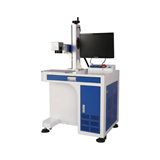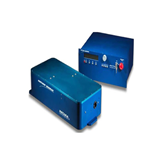Dr Anton Desyatnikov from the Nonlinear Physics Centre at The Australian National University is part of an international team of scientists who are designing knots in light, with potential applications in advanced modern optics, laser beams and even quantum computing.
Using concepts from mathematics and physics the model Dr Desyatnikov and his colleagues have explored creates optical vortices with dark cores in a bright laser beam, that can then tangle and form links and knots.
"Apart from their curiosity value, what’s really interesting and useful about these knots of darkness is that they show you what the power flow is doing," Dr Desyatnikov said.
"It is part of the incredible progress science is making in the field of optics, we’re beginning to do things with light that would have once seemed impossible."
"The idea of a knot of light is something scientists have been exploring for years and a few groups have managed to achieve just that by precisely engineering laser beams with 'artificial' or 'hand-made' knots. But what we’ve been working on are models in which the knots spontaneously form on their own, just like those annoying knots that you always get in electrical cables.
"However unlike electrical cables which love to form knots, light doesn’t. Scientists have found that inducing knots to form in laser beams by introducing perturbations in the form of laser speckle only very rarely induces knots.
"Our models suggest that you have to get the key parameters of the light in a certain range before you can easily tie the light in knots but once you do, the knots are virtually guaranteed.
"The really interesting thing is that we can’t predict exactly where they will form. Just that under these specific circumstances the optical vortices will spontaneously nucleate and tie themselves into little knots."


-160x160-state_article-rel-cat.png)
-160x160-state_article-rel-cat.png)






-160x160-state_article-rel-cat.png)







